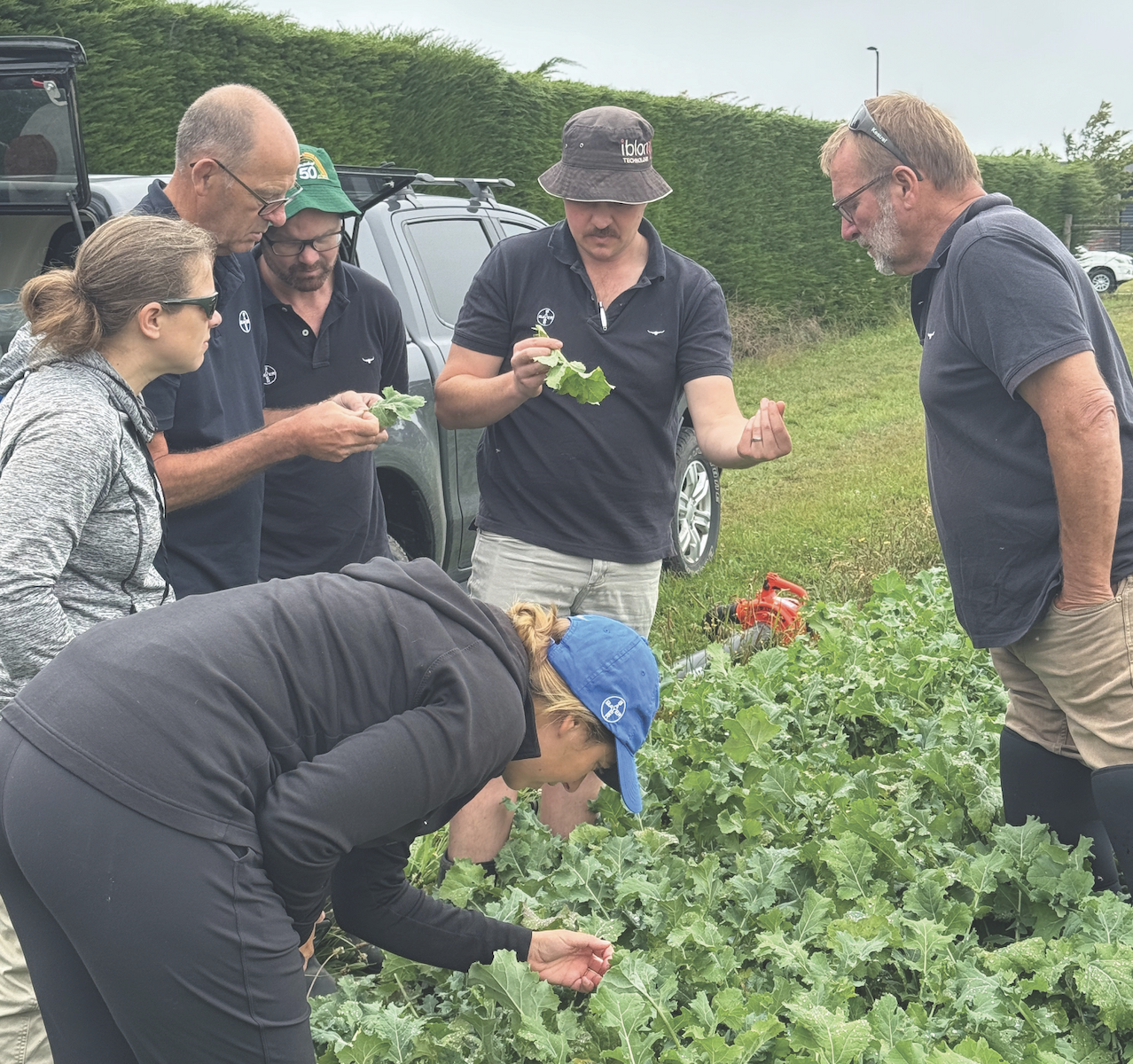Early preview of exciting new insecticide
Words: Neil Waddingham, Bayer
In late February 2025 the ACVM granted registration for SIVANTO prime, a newGroup 4D insecticide that controls the key establishment pests in forage brassicas and fodder beet.
Fits well with an IPM approach
It takes many years to register a new product such as SIVANTO prime. Bayer would like to thank the regulators (EPA and ACVM), industry representatives who supported the approval submission, and Bayer’s New Zealand-based registration team, all of whom made this happen.
With the possibility that a widely applied active ingredient currently used at the establishment of forage crops could be withdrawn from the market in the foreseeable future, the registration of SIVANTO prime was very timely.
A full commercial launch is planned for early spring, but already indications are that the industry is excited to see this product arrive.
Full details will be available at launch, but until then, here is an outline of some key features.
SIVANTO prime is a Group 4D insecticide, the sole member of a new insecticide group for New Zealand. With insecticide resistance a concern for many in the industry, having a new insecticide to choose from is very helpful.
For 2025, SIVANTO prime is registered for use on forage brassicas and fodder beet for the control of springtails, Nysius bug, and green peach aphid. In time, Bayer will be seeking registration on numerous other crops.
Springtails and Nysius bug are recognised as damaging pests through direct feeding, while the green peach aphid transmits damaging viruses on both beet and brassicas. SIVANTO prime rapidly causes cessation in feeding by aphids, which reduces virus transmission very quickly.
A commonly asked question is whether SIVANTO prime can be integrated into IPM programmes. With little impact on commonly encountered beneficial insects in New Zealand — including bees — SIVANTO prime fits well into an IPM approach when used according to label instructions.
To learn more about SIVANTO prime, talk to your local Bayer representative or visit the Bayer website from late winter.

